The Squeeze is Real: How Latest CPI & PPI Reads are Tightening the Screws on the Housing Market

CPI & PPI putting the pressure on the average household
The economic headlines have been buzzing with the latest Consumer Price Index (CPI) and Producer Price Index (PPI) reports. While these numbers might seem abstract, they have very real and significant implications for our economy, particularly for the housing market. And for many in the housing sector, these reads are signaling a tightening "profit squeeze."
Let's break down what the latest CPI and PPI data mean for real estate, from developers to homebuyers!
Understanding the Latest Inflation Data (May 2025)
-
- CPI (Consumer Price Index): The CPI for All Urban Consumers rose 0.1% in May, bringing the 12-month increase to 2.4%. The index for "shelter" (which primarily tracks rent and owners' equivalent rent, not home purchase prices) increased by 0.3% in May and 3.9% over the last year. This "shelter" component remains a significant driver of overall CPI.
-
- PPI (Producer Price Index): The PPI for final demand advanced 0.1% in May, with a 12-month unadjusted increase of 2.6%. Prices for final demand goods rose 0.2%, and services increased 0.1%.
The Housing Market's Reaction: A Profit Squeeze in Motion
While the CPI and PPI show somewhat moderate increases in overall inflation, their impact on the housing market is nuanced and points to a profit squeeze for many:
-
- Rising Input Costs (PPI's direct hit): The PPI tracks the prices producers receive for their output, which includes critical components for construction like building materials (lumber, steel, concrete) and even labor costs. Even with a modest overall PPI increase, specific categories relevant to construction could be seeing higher jumps. When these input costs rise, developers and builders face increased expenses to construct new homes. If they can't fully pass these costs onto buyers, their profit margins are squeezed.
-
- Affordability Challenges (CPI's indirect pressure): While CPI doesn't directly track home prices, the sustained increase in the "shelter" component means that rental costs are going up. This, coupled with higher mortgage rates (often a response to persistent inflation by central banks), makes homeownership less affordable for potential buyers. When buyers are priced out, demand can soften, making it harder for builders and sellers to command higher prices, further compressing margins.
- Interest Rate Implications: Inflationary pressures, even if modest, can influence central bank decisions on interest rates. While recent CPI and PPI figures might offer some relief, sustained inflation concerns could lead to higher borrowing costs for both consumers (mortgages) and developers (construction loans). Higher financing costs directly eat into developer profits and reduce buyer purchasing power.
-
- Supply Chain Disruptions: Although not solely a result of the latest CPI/PPI, ongoing supply chain issues can exacerbate cost pressures. Delays and limited availability of materials can drive up prices and extend project timelines, further impacting developer profitability.
The "Squeeze" Explained
The "profit squeeze" in the housing market essentially means that the costs for those involved in building, developing, and selling homes are rising faster than the prices they can realistically charge. This leaves less room for profit, impacting everything from new construction starts to the willingness of existing homeowners to sell.
- For Developers: They're grappling with higher material and labor costs (reflected in PPI) and potentially higher interest rates on their financing. If consumer demand (influenced by CPI-driven affordability) isn't strong enough to absorb these higher costs through increased home prices, developers see their margins shrink.
- For Homeowners/Sellers: While existing home values have seen appreciation, the higher interest rate environment makes it more expensive for potential buyers to get a mortgage. This can reduce the pool of qualified buyers, potentially leading to longer selling times or less aggressive offers, indirectly impacting the seller's effective profit.
Ready to navigate the market with confidence?
The latest CPI and PPI reports provide important insights into the economic climate. For the housing market, it's a delicate balance. While the overall inflation numbers show some moderation, the persistent rise in shelter costs within CPI and the underlying increases in construction-related PPI components continue to create a challenging environment for profitability.
Those in the housing sector will need to remain agile, carefully managing costs, assessing market demand, and adapting to a landscape where the "profit squeeze" is a very real factor. The interplay of these inflation metrics will continue to dictate the health and direction of the housing market in the months to come.
I am dedicated to empowering clients with the insights and strategies needed to succeed. Reach out today for a personalized consultation!
Should you use home equity to buy second home ?
A home equity loan can make buying a second property less expensive and give more liquidity to the buyer. When using home equity specifically to buy an investment property, there are a few distinct advantages. You Could Increase Your Down Payment Home equity loans are received in a lump sum payment, giving you more […]
- « Previous
- 1
- …
- 3
- 4
- 5



 Facebook
Facebook
 X
X
 Pinterest
Pinterest
 Copy Link
Copy Link


